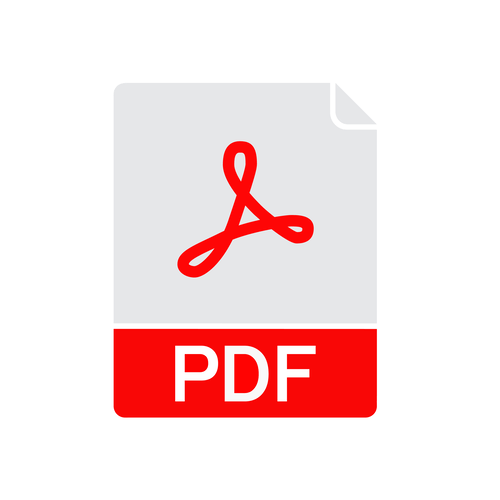
A financial professional will offer guidance based on the information provided and offer a no-obligation call to better understand your situation. Our writing and editorial staff are a team of experts holding advanced financial designations and have written for most major financial media publications. Our work has been directly cited by organizations including Entrepreneur, Business Insider, Investopedia, Forbes, CNBC, and many others.

You can spot bank or payment mistakes faster, reduce the risk of financial theft, limit overdraft fees and recognize spending patterns that may enable you to spend less. It’s important to keep this type of record instead of just relying on the transaction history provided by your bank. This is because it can take some time for the bank to become aware of things like checks written or transfers out of the account. In balancing your checking account, you subtract such transactions immediately to help prevent spending funds you’ve already committed elsewhere. If you don’t record transactions from your checking account, you will need to monitor your online charges multiple times a week—even daily—to ensure that your account is balanced and free from fraud. Look through every transaction on your bank statement (or online) and compare any checks paid to your check register.
Debit Balance
Write down your current checking account balance in the “Cash Balance” column on the far-right side. This is the amount that’s in your account before you begin to make transactions. Not balancing your checking account regularly can make it easy to forget all of the places your money is going.
- Keep in mind that savings accounts are better suited to achieve a particular goal, such as maintaining an emergency fund or amassing a down payment on a home.
- The main objective of preparing a trial balance is to check the arithmetical accuracy of the accounting transactions.
- In fact, with the premium version of the EveryDollar app, it’s easy.
- Ask a question about your financial situation providing as much detail as possible.
- Making the decision to study can be a big step, which is why you’ll want a trusted University.
The most liquid of all assets, cash, appears on the first line of the balance sheet. Cash Equivalents are also lumped under this line item and include assets that have short-term maturities under three months or assets that the company can liquidate on short notice, such as marketable securities. Companies will generally disclose what equivalents it includes in the footnotes to the balance sheet. In order to prepare a trial balance, we first need to complete or ‘balance off ’ the ledger accounts. Then we produce the trial balance by listing each closing balance from the ledger accounts as either a debit or a credit balance.
For today’s homebuyers, time and money are everything
With a little concentration, these simple cash book exercises will quickly teach you how to record elementary cash transactions, leading to the routine of ledger posting. This is in contrast to any credit sales where the possession of the goods passes from vendor to buyer at the time of the sale (deferring settlement and payment until later). In these early exercises, we are concerned only with cash purchases and cash sales. During the month of June, all your business dealings are for cash. In fact, with the premium version of the EveryDollar app, it’s easy.
You can connect your budget to your bank so all your transactions stream right in. Then, you just drag and drop them to the right line and watch the math happen for you (yes, really). Then you’ve got to do some basic math to make sure your balance is up to date. This means subtracting each balancing account withdrawal (money you spent) and adding every deposit (money you put in) to your existing bank balance and writing the new balance in the far-right column. Now that you know how to keep your checking account in check, learn more about what kind of checking account might be best for you.
Individual Retirement Accounts (IRAs)
However, if you are not balancing to your account, you may not realize that a deposit is missing or a withdrawal is unauthorized. There is a paper trail that the banks use, and you should be able to work with your bank to correct any errors—but only if you catch them. Listen—budgeting gets a bad rap, but it’s just a plan for your money. It’s creating habits for your spending so you’re intentional with your income.

Checking accounts are used for everyday spending–whether your personal checking or business checking account. You can link a debit card to this account to use for purchases or withdrawal or deposit cash from ATMs (keep in mind that some ATM’s may charge card fees). Checking accounts do not build interest but they’re great for daily transactions and allow you to deposit cash, write checks, and pay bills.
